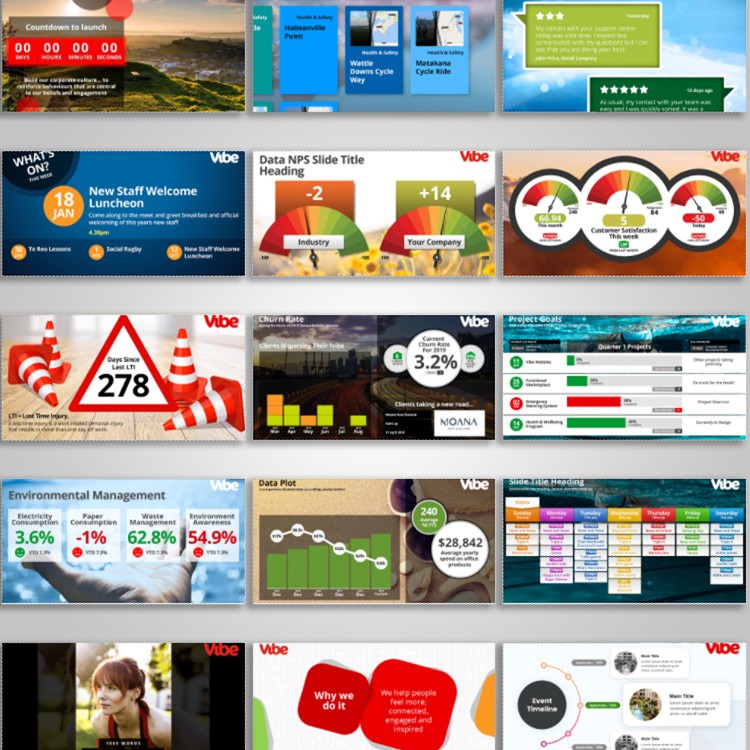Frontline workers, like line workers, engineers, technicians, operators and more, account for over 2.7 billion workers all over the world. Yet most manufacturers still don’t communicate well with these workers. Internal communication is important because these deskless workers need to be updated with the latest corporate policies, updates, the latest safety procedures and more.
A Gallup poll showed that only 25% of manufacturing staff are actively engaged in their work. To put that into context of industry-wide labour shortages and employee retention struggles, companies need to do more to actively engage their employees and attract new ones in a competitive market. In this article, we'll take a look at 6 ways great communications in the manufacturing workplace contributes to the overall success of the organisation.
1. Keeps production efficient
Production can go smoothly if everyone has clear, frequent communication. For example, when a machine breaks down or there are disruptions to the supply chain, effective internal communication helps staff clearly identify and address the problem.
2. Reduces risks in the workplace
Effective internal communication plays an important role in preventing injury in the workplace. This is especially important when staff operate hazardous machinery. Communicating health and safety messages is not only a good way to avoid slips, trips and spills, but it’s often also a legislative requirement. Internal communications can help you stay compliant and keep your workforce safe.

In a hazardous environment, manufacturers have a responsibility to keep their staff safe.
3. Builds a strong company culture
Internal communication is how leaders craft company culture and messaging to their teams, an internal brand marketing that builds workforce trust and loyalty. Internal communication dissolves the invisible barrier between management and employees and creates a more transparent workplace. When a company shares information (for example, objectives, achievements, and results) it builds a culture of trust and loyalty, which is important in a manufacturing environment where communication has traditionally been inconsistent between headquarters, management and workers.
4. Keeps people engaged
A 2017 Gallup poll found that only 33% of the workforce were engaged at work; the manufacturing sector had it worse with only 25% of engaged workers. Manufacturing companies are often driven by target numbers and deadlines, which can make employees feel disengaged at work.
In a climate where manufacturers across the world are struggling with labour shortages and employee retention challenges, internal communications plays an important role in engaging the workforce, which can reduce the risks of absenteeism, poor production rates, injuries at work and so much more.

Create greater transparency of how the organisation is performing by sharing relevant key performance metrics with different departments
5. Creates a channel for feedback
Communication gaps appear in large manufacturing companies, especially between senior leadership teams and ground staff. Getting feedback can highlight problems before they turn into major issues. Creating a channel for feedback (and acting on the feedback) can minimise production challenges, increase customer satisfaction, boost employee engagement and more.
6. Gives direction and focus
Misalignment of goals and objectives can result in manufacturers not realising their full potential. Communicating your manufacturing organisation’s business goals and objectives keeps everyone in the workforce working towards the same goal. Laser sharp focus means no more confusion on deliverables, employees have meaning to their work, customer satisfaction increases and much more.
Good communication in manufacturing workforces can drastically improve employee engagement and wellbeing, which has an impact on the
overall health of the business. Manufacturing organisations should take a look at the health of their internal communications and
as a way to actively engage and retain employees. For a real-life example of how manufacturers can use internal
communications to drive employee engagement and wellbeing, check out what New Zealand manufacturer and distributor Fletcher
Steel
have done for their employees with workplace digital signage.



